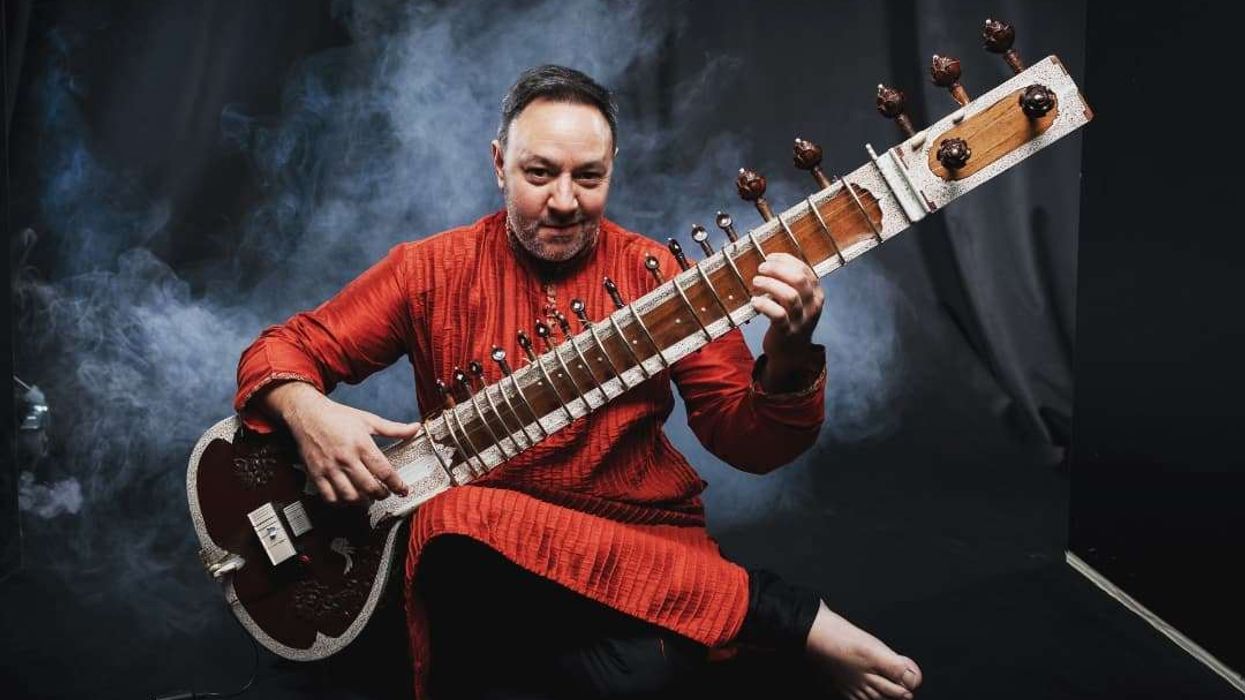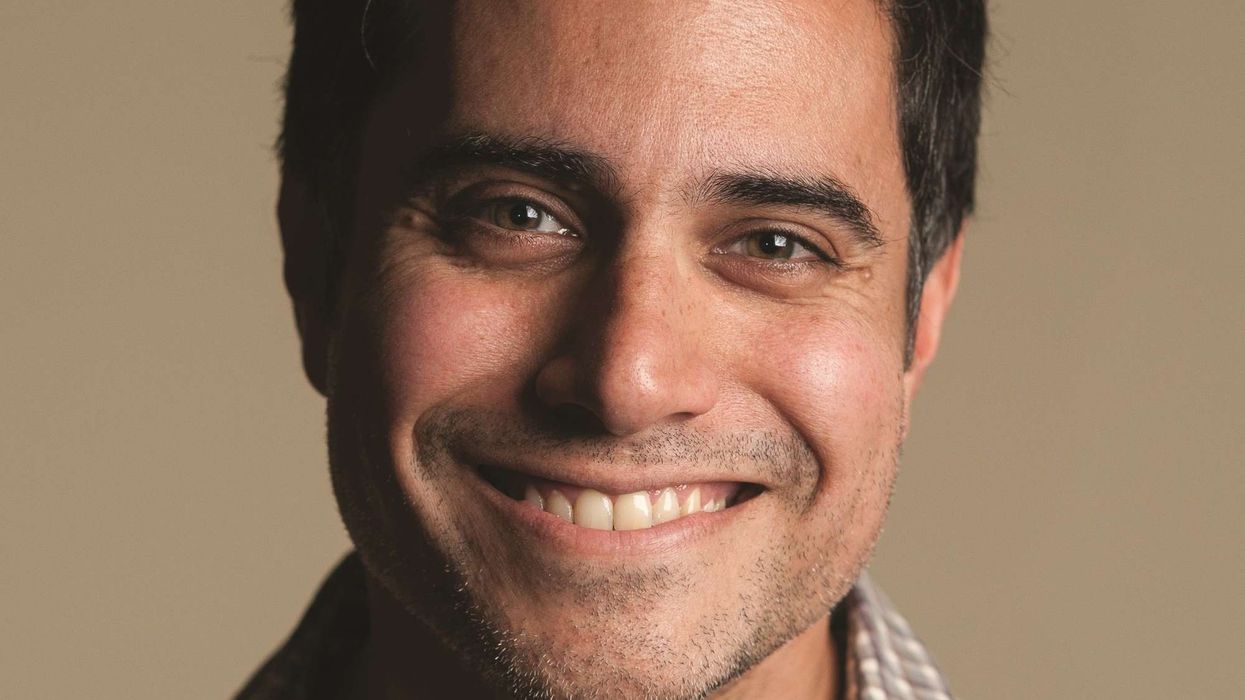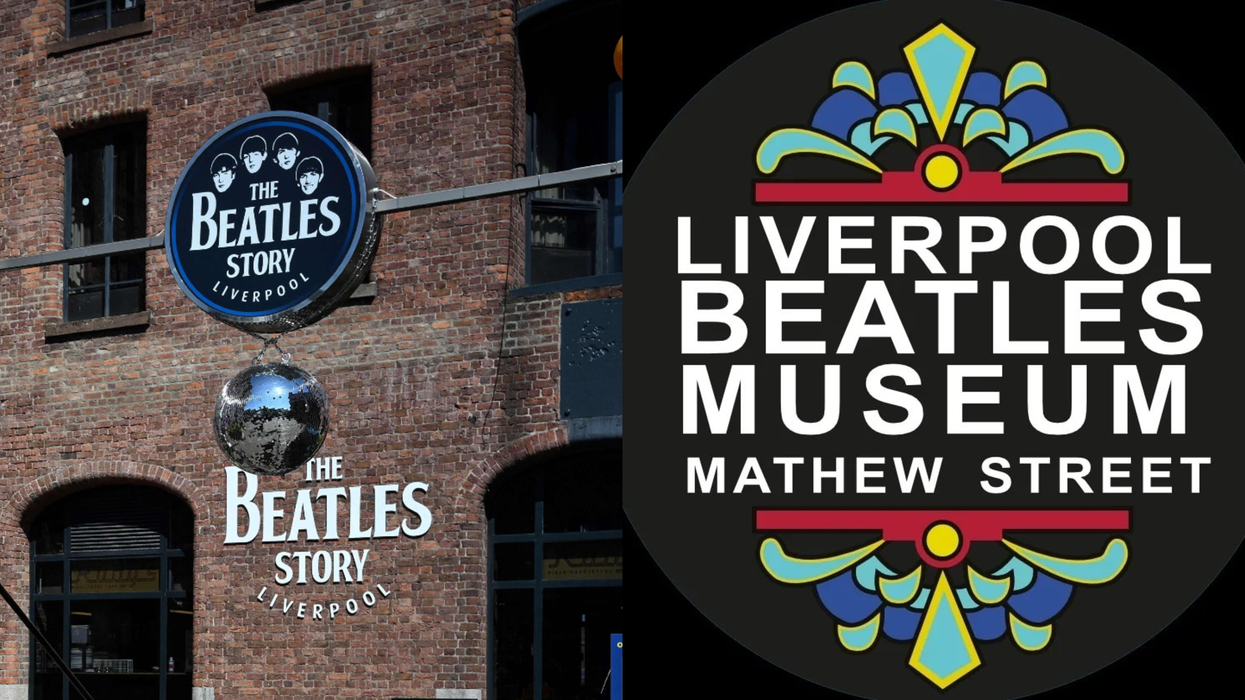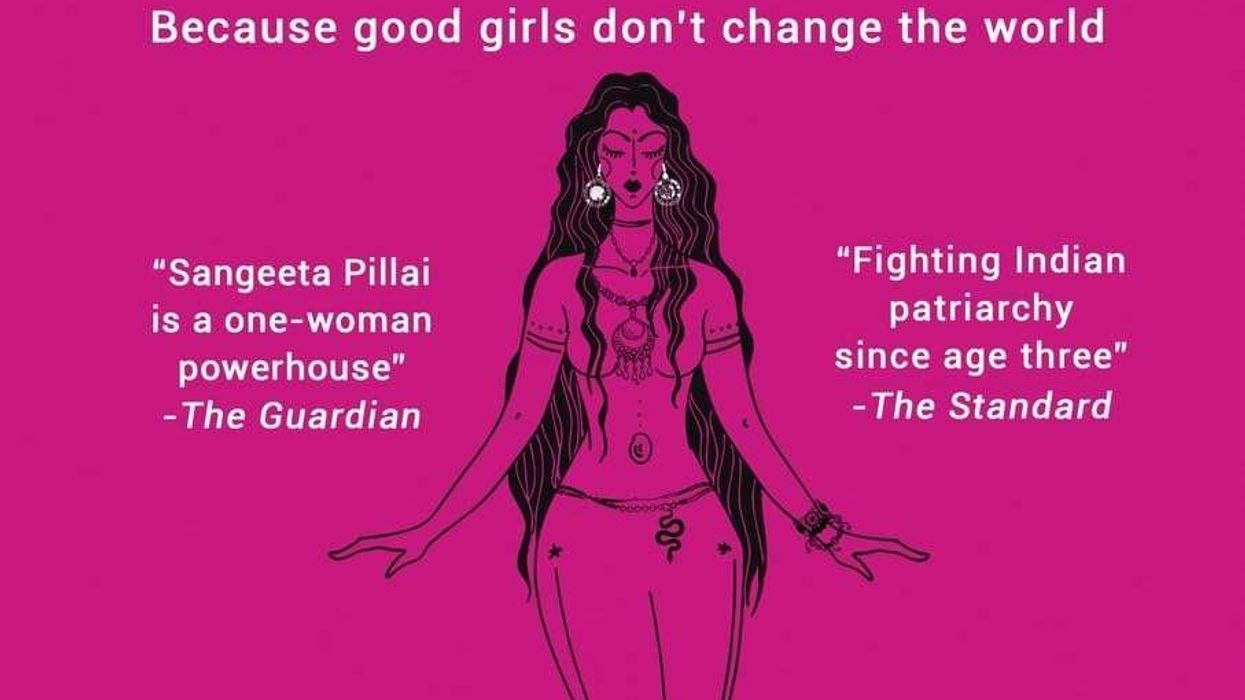Sometimes, I think Ramadan is like a beautifully choreographed dance, with prayers, fasting, and community coming together in perfect rhythm. But did you know that while you’re breaking your fast with dates and water, someone else is watching a cannon blast in Saudi Arabia, another person is strolling through a lantern-lit street in Cairo, and someone in Turkey is waking up to a live drum performance?
Across the world, Muslims have their own unique—and sometimes wild—spin on the holy month. From traditions that feel like a festival to age-old rituals that’ll make you wish your mornings started differently, let’s explore ten fascinating Ramadan customs that prove this month is anything but ordinary.
1. Istanbul’s beautiful Ramadan light show
Forget your regular city lights—during Ramadan, Istanbul takes illumination to a whole new level. Picture the Blue Mosque and Hagia Sophia wrapped in glowing messages of peace and faith, their minarets strung with shining lights known as mahya. Trust me, it’s a whole vibe. Pro tip: Grab a Turkish tea, find a rooftop café, and let the skyline work its magic.
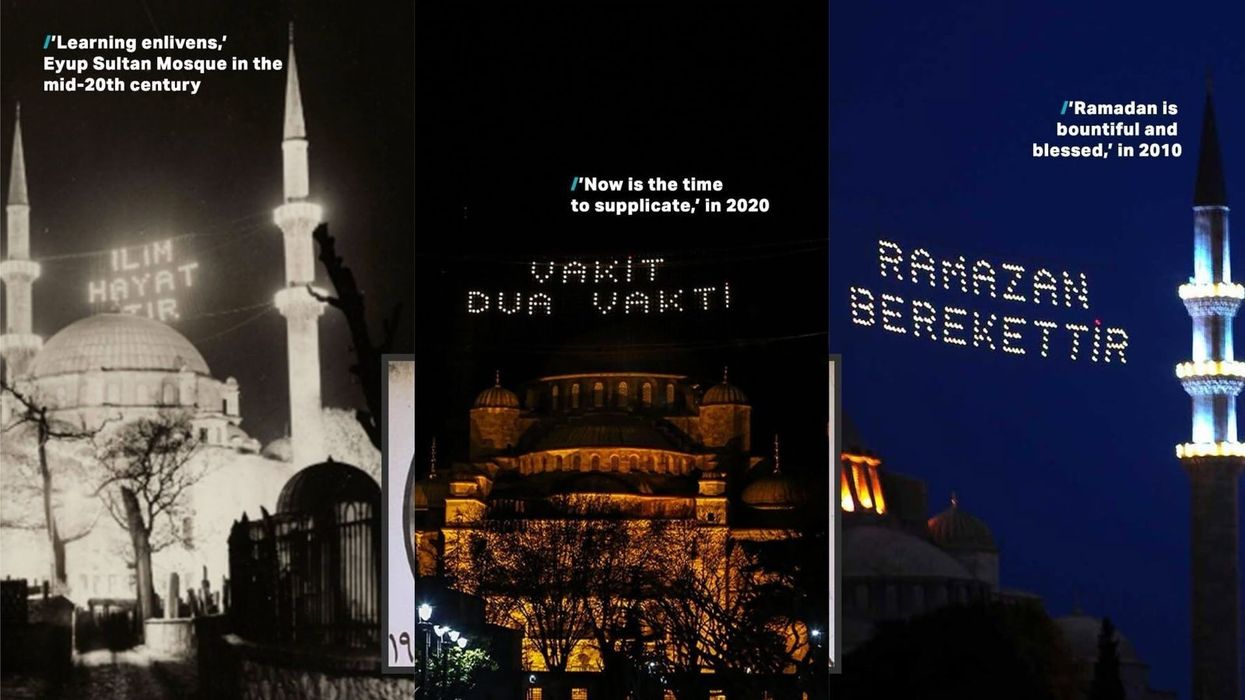
2. Egypt’s Fanous lanterns
Who needs fairy lights when you’ve got fanous? These handcrafted, multicoloured lanterns flood Egypt’s streets, creating a magical, old-school Ramadan aesthetic. Legend has it that this tradition began when Egyptians welcomed a Fatimid caliph with lanterns. Now, kids roam the streets with them, singing songs and collecting sweets—think Halloween, but dazzling.
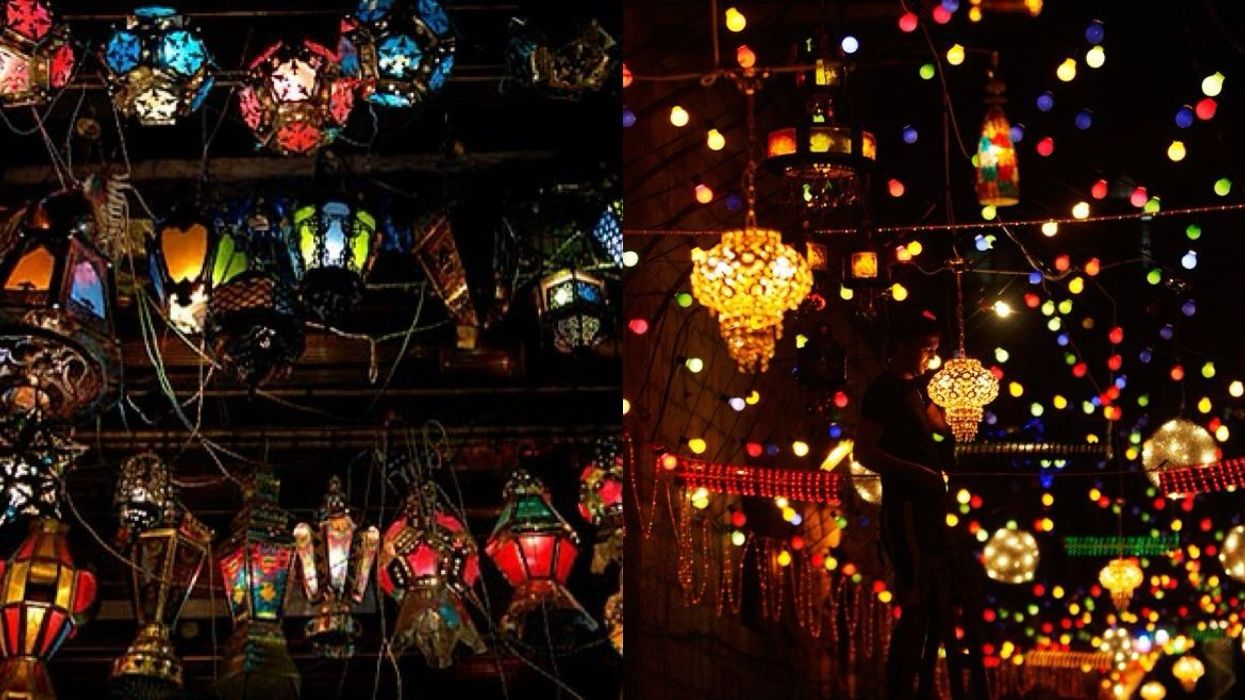
3. Indonesia’s Padusan ritual
Before fasting begins, Indonesians hit natural springs and rivers for a full-body cleanse. Called padusan, this Javanese tradition isn’t just about washing up—it’s about entering Ramadan spiritually refreshed. A deep cleanse for the soul? Yes, please.
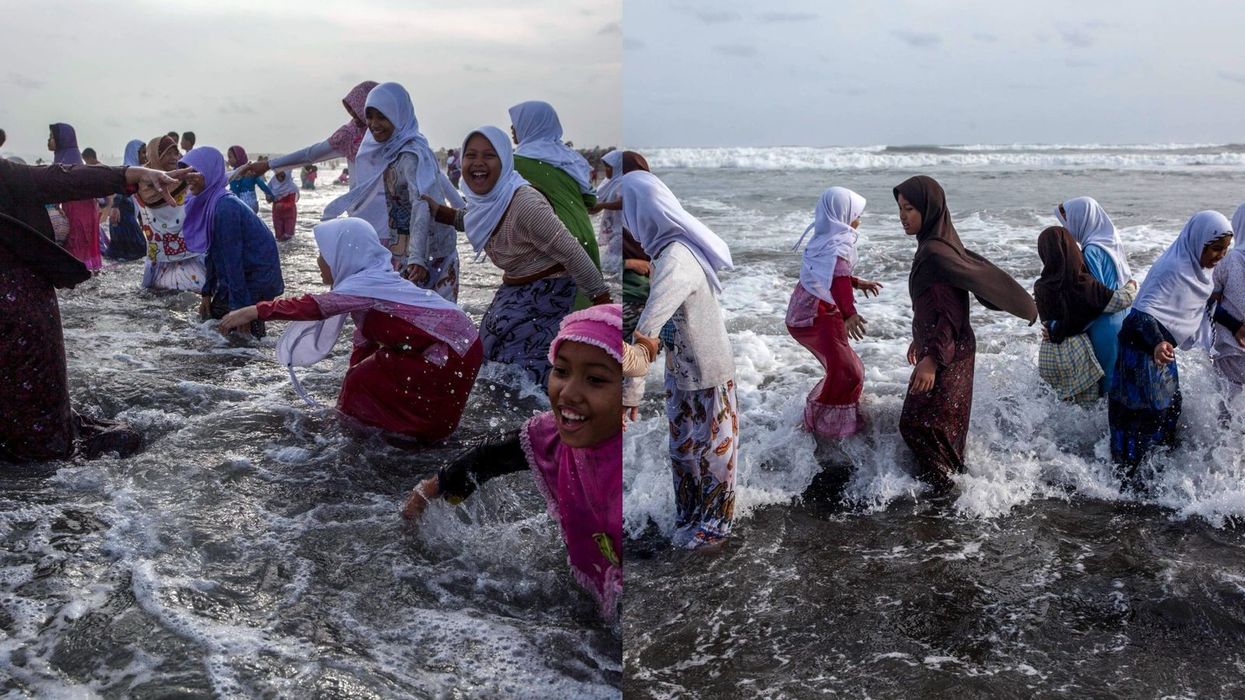
4. Morocco’s Nafar
Ever wished someone would gently wake you up for suhoor instead of your screeching phone alarm? In Morocco, the nafar (town crier) does just that. Dressed in traditional robes, he walks the streets at dawn, playing a flute or drum to wake everyone up. It’s old-school, it’s nostalgic, and it beats your iPhone ringtone any day. Period!

5. Pakistan’s Dastarkhwan-e-Ramadan
Ramadan in Pakistan is all about feeding people—everyone, no questions asked. Streets and mosques set up massive dastarkhwans (think picnic blankets, but loaded with food), offering free meals to anyone in need. Samosas, biryanis, and dates galore. A free feast with a side of kindness? Count us in!
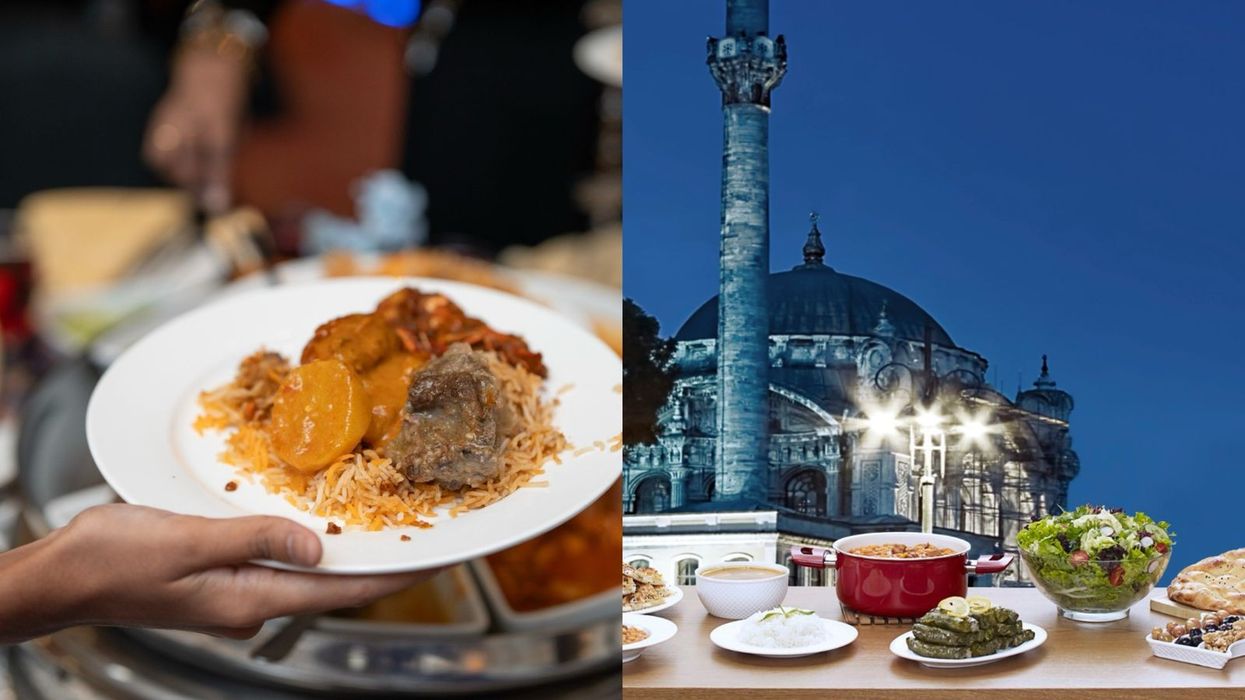
6. The UK’s mosque open days
Ever crashed an iftar? In the UK, mosques throw open their doors during Ramadan, inviting people from all backgrounds to break the fast together. It’s an open-invite dinner party where you leave with a full stomach—and maybe a new perspective. If only all interfaith conversations included samosas, right?
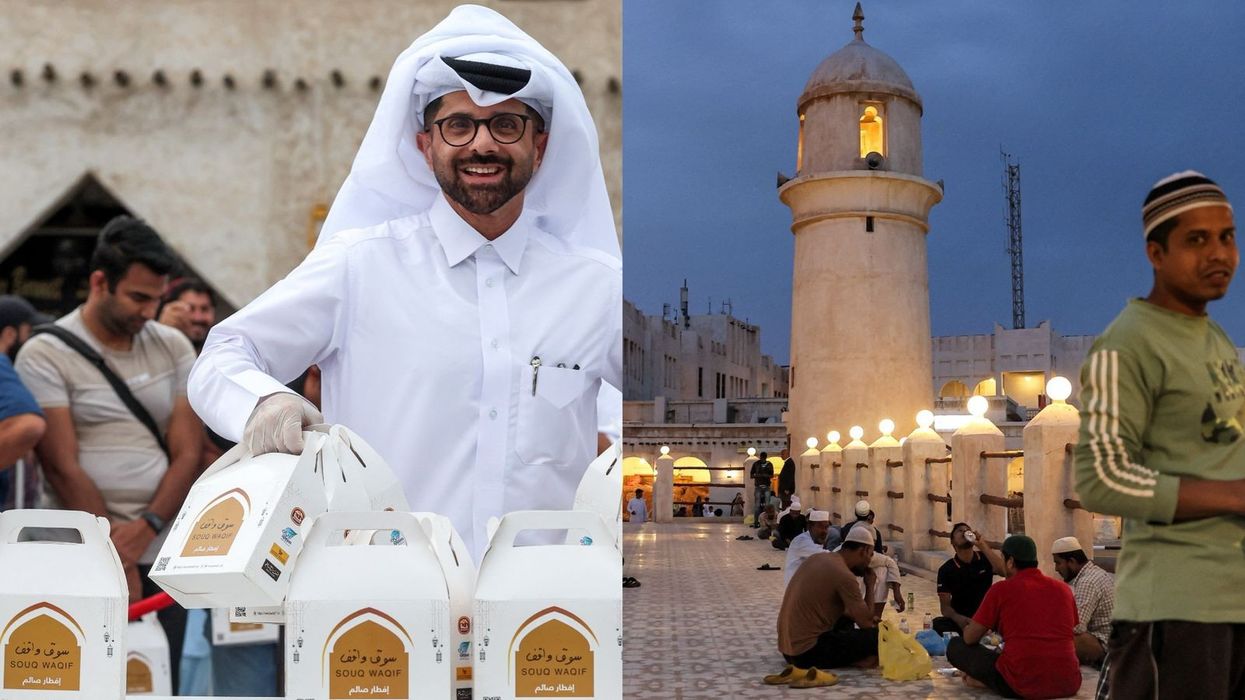
7. Malaysia’s bazaar Ramadan
If food had a festival, it’d look like Malaysia’s Bazaar Ramadan. These open-air markets serve everything from spicy nasi kerabu to colourful kuih-muih sweets. It’s a whole foodie adventure, and trust me, you’ll want to arrive hungry and leave in a food coma.
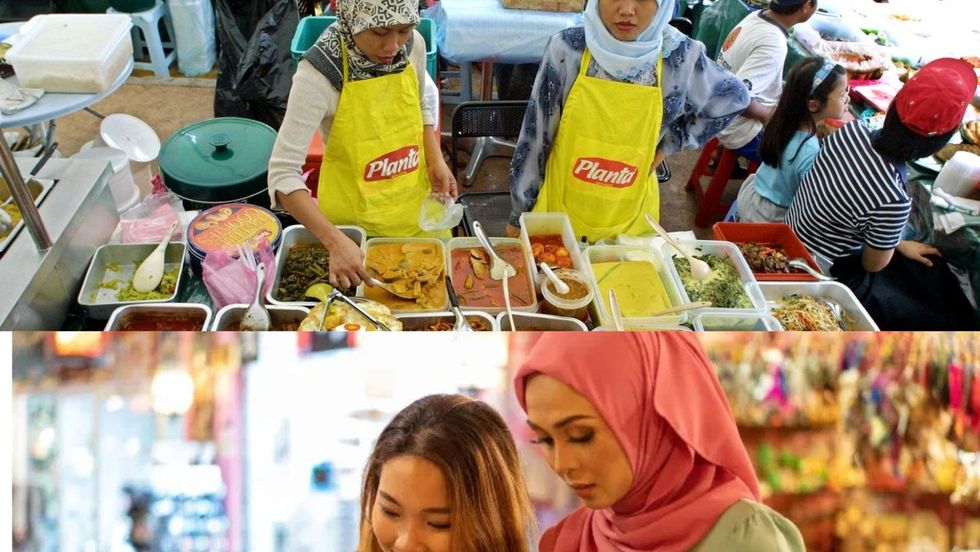
8. Saudi Arabia’s cannon-firing tradition
Forget checking your watch—Saudis announce iftar with an actual cannon blast. Yes! This centuries-old tradition, midfa al iftar, dates back to the Ottoman era and continues across the kingdom today. Nothing says, "Time to eat!" like a literal explosion.
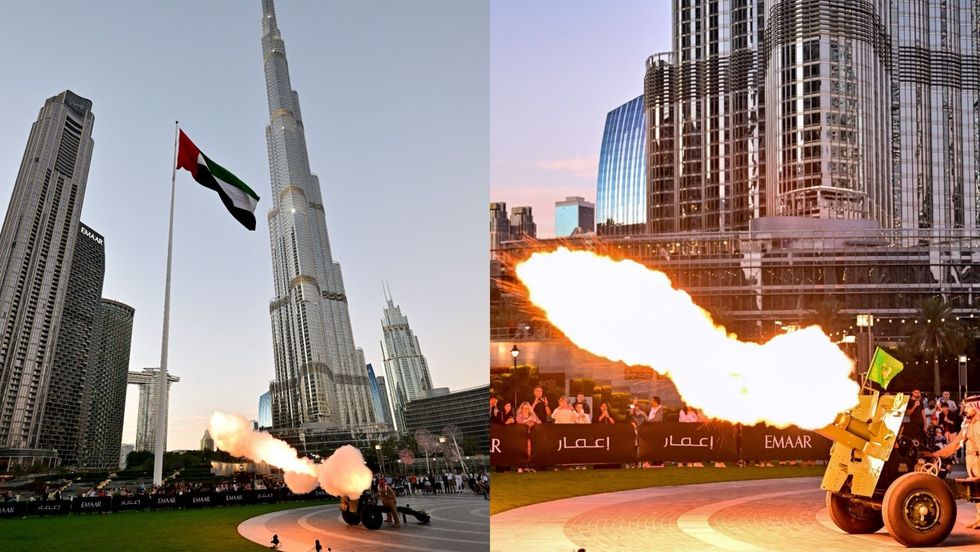
9. Turkey’s suhoor drummers
Long before alarm clocks, Turkey had davulcu—drummers who roamed the streets at dawn, banging out beats to wake people for suhoor. The best part? They still do it! And if you appreciate the morning wake-up call, you can tip them with money or treats. Talk about a side hustle with rhythm.
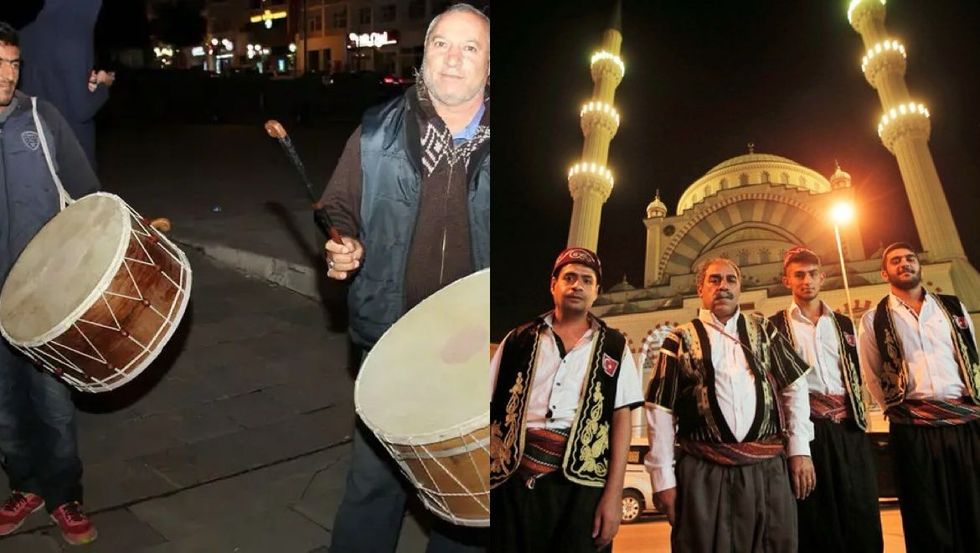
10. The Philippines’ Pagmamano
In the Philippines, Ramadan is a time to slow down and show love—especially to elders. The pagmamano tradition involves younger people taking an elder’s hand and pressing it to their forehead as a sign of respect. It’s a simple yet heart-warming way to show love and family bonds, reminding us that sometimes, the best traditions don’t need fireworks or shining lights—just a little love.

Who knew one holy month could look so different across the world? Whether it’s lantern-lit streets in Cairo, cannon fire in Saudi Arabia, or drummers hyping you up for suhoor in Turkey, Ramadan proves how beautifully faith and culture intertwine.
But no matter where or how it’s celebrated, one thing stays the same—the spirit of community, kindness, and a whole lot of good food. So this Ramadan, take a moment to soak in the traditions, try something new, and maybe—just maybe—wake up to a drum instead of your phone alarm. (Kidding! Or am I?)


